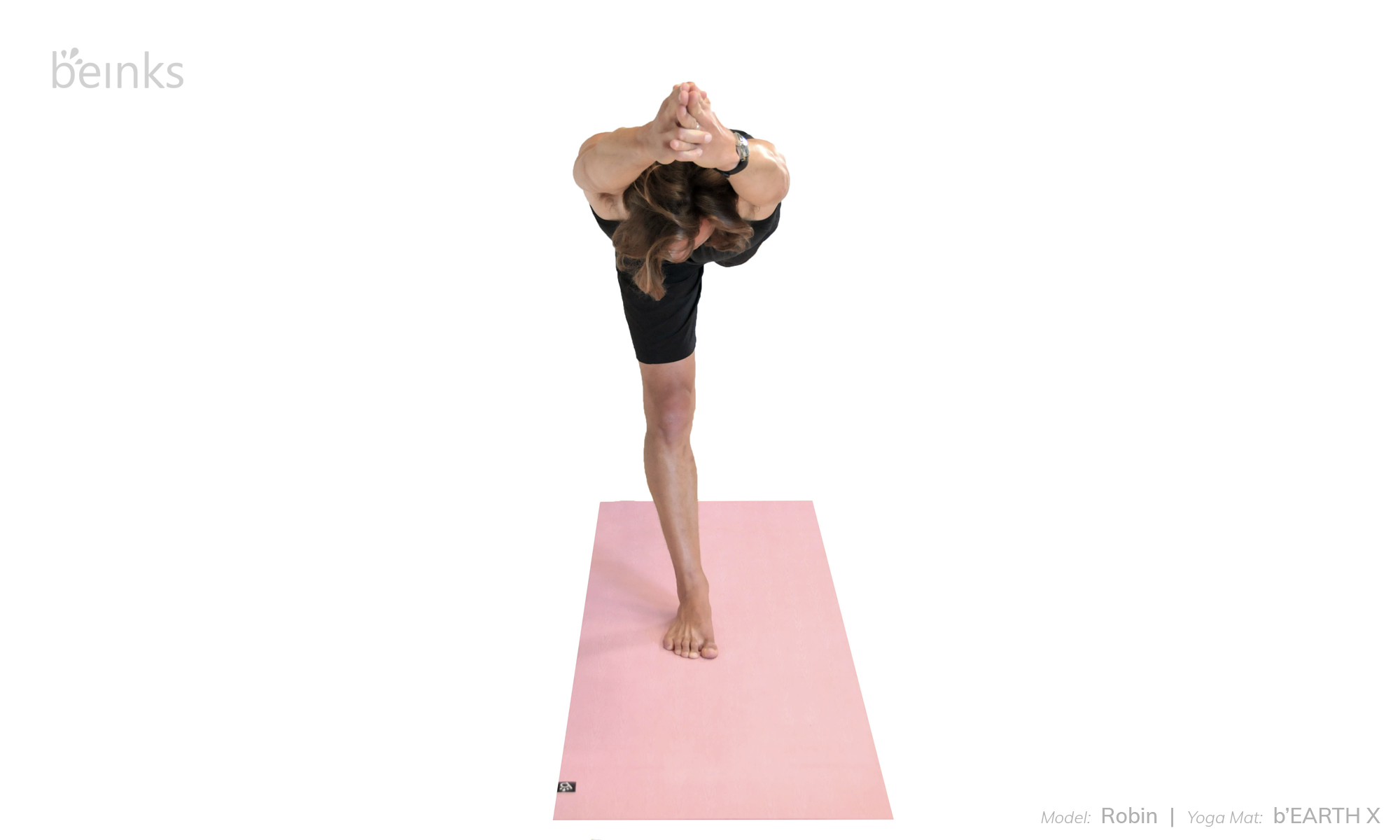Summary of Contents
About the pose
Most of the Warrior Poses are considered difficult under the category of Standing and Balancing Asanas. The Warrior Pose brings a lot of power and energy within the body and is hence considered as a Pose of a Warrior.
Warrior Pose Iii is considered a base pose as warrior pose iii variations can be derived from this pose. Warrior Pose Iii helps boost energy in the body and hence can be included in flow yoga sequences.
Anatomy
Warrior Pose 3 benefits the following muscles and hence can be included in yoga sequences with the corresponding muscle(s) focus:
- Middle Back
- Core (Abs)
- Hamstrings
- Chest
- Hips
- Psoas
- Quadriceps
How to do the pose
- Starting in a High Lunge with your right foot forward, hips facing the front of the mat, arms on either side of your ears, shoulders distance apart or palms touching.
- Activate your core by lifting your pelvic floor muscles (Mula Bandha) and drawing the lower belly in and up (Uddiyana Bandha).
- As you exhale, fold from the hips lowering your torso and arms a little so that they are diagonal with the floor.
- Focus on a point on the floor just in front of your mat.
- As you inhale, root down through the front foot and shift your weight forwards, lifting the back foot from the floor.
- Straighten the standing leg as you bring your upper body and left leg parallel to the floor. Point the toes down to the floor.
- Engage your standing leg, without locking the knee and keep your hips level.
- Extend out through the raised foot and the hands.
- Stay for 5 breaths.
- To come out of the pose, bend the standing leg as you exhale and step back into High Lunge, with control. Step forward to Mountain Pose /Tadasana as you inhale.
- Repeat on the other side.
Beginners tips
- Practise this pose with your hands against a wall or the back of a tall chair. This will allow you to get used to the actions in the body while helping with balance.
- Instead of bringing your arms alongside your ears try brining the arms out to the sides, or bringing the palms together in front of your chest.
- Keeping the standing knee bent a little will also help with balance.
- Think about shooting energy out through the back foot to keep it light and lifted. Lift the inner arch of the foot and the inner ankle.
- Engaging the lower belly will help with stability.
Benefits
- Warrior 3 pose strengthens the legs, arms, back and core muscles.
- Works the small muscles of the feet and ankles.
- Improves balance and focus.
- Teaches body awareness and proprioception as you learn to adjust your own position in space.
Watch out for
- Locking or hyperextending the knee of the standing leg. Keep a slight bend in the knee if you are prone to this.
- It’s common for the hip of the raised leg to lift up, try to keep them both level with each other by rotating the inner thigh of the lifted leg upwards and rolling the outer hip downwards.
FURTHER READINGS
- The complete yoga teachers’ guide – How to learn, earn & grow
- Free yoga resources – eBooks, music, asanas
- Yoga mat quiz – Which yoga mat is the best for me?
- Understanding about yoga
Variations
- Experiment with your arms in different positions: out to the sides in a T shape or diagonally behind you, or pressing the palms together either in front of the chest or behind the back.
- The foot of the lifted leg can be flexed, pointed or ‘flointed’ (pressing through the ball of the foot while keeping the toes back).
- For some people turning out the toes of the standing leg a little before coming into balance is more comfortable.
Credits
| Model | Robin (Yoga Peda) – An Ambassador of Beinks |
| Yoga Mat | b’EARTH & b’EARTH X by Beinks |
| Photographer | Sophie Dupont |
| Content | Tummee & Ekhart Yoga |



